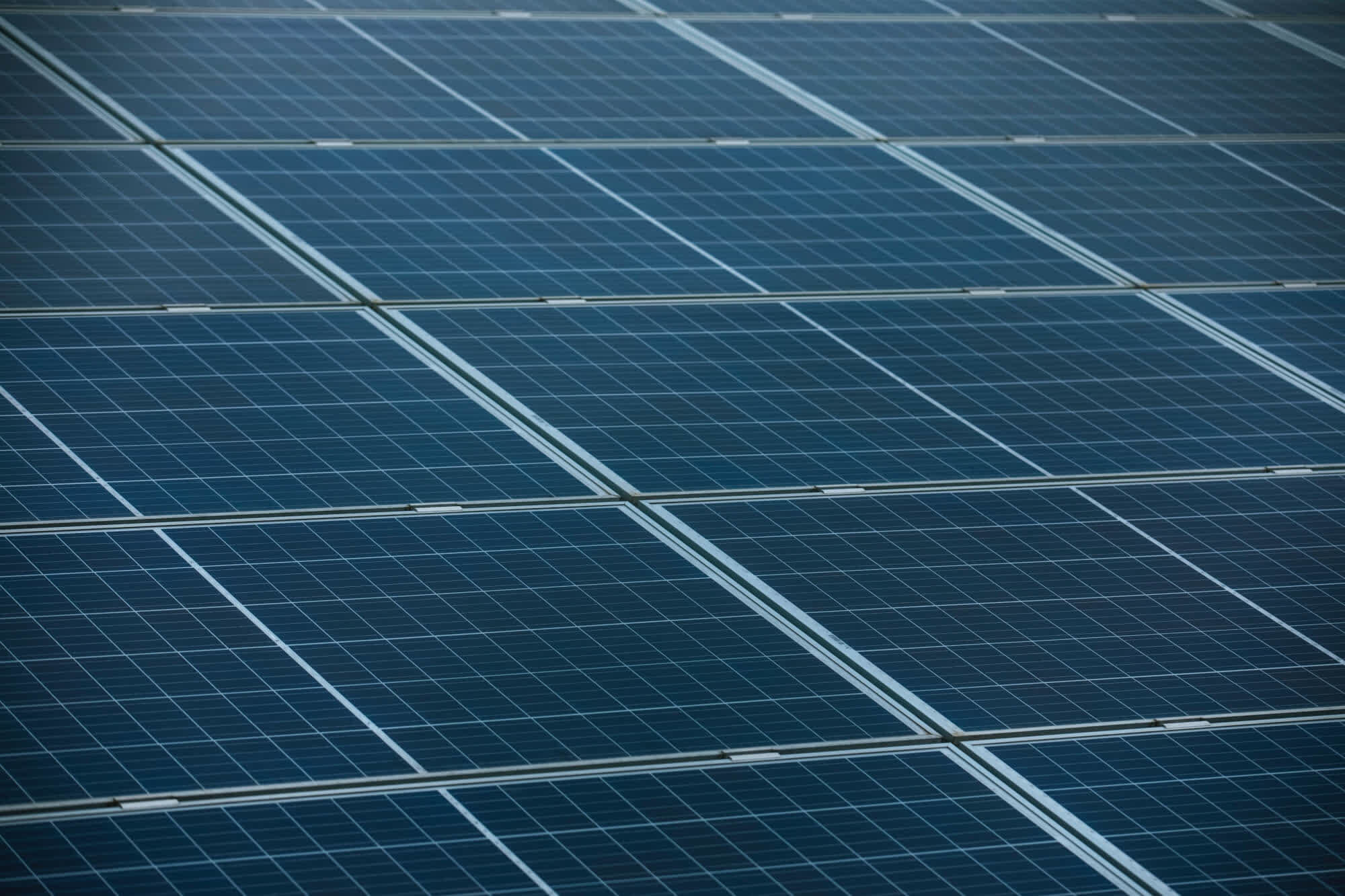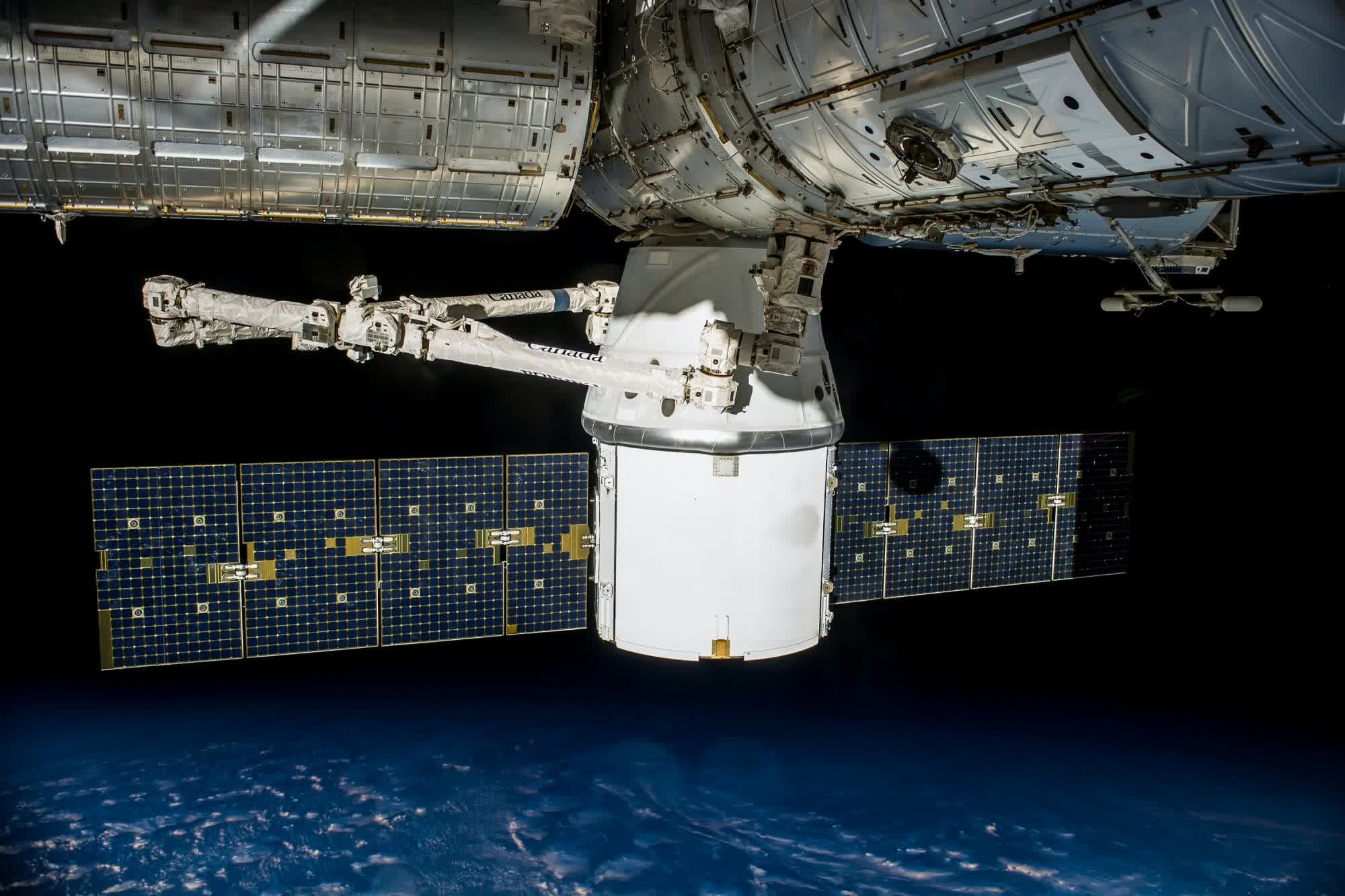In brief: Scientists from the University of Sydney in Australia have developed a solar panel with self-healing capabilities that could drastically extend the life of satellites in orbit. The panel utilizes perovskite, a calcium titanium oxide mineral that has been hailed by some as a "miracle material" due to its unique properties.
Satellites have relied on solar panels for decades to convert sunlight into electricity using photovoltaic cells, but damage from certain types of radiation can cause them to lose up to 10 percent of their efficiency annually.
At that rate, it isn't long before they're rendered useless and turn into space junk.
The scientists discovered that radiation damage can be reversed in perovskite solar cells when heat is applied in a vacuum. Simulated testing here on Earth demonstrated that degraded solar panels can recover 100 percent of their original efficiency when warmed up, and it just so happens that the Sun is a perfect space heater.
Professor Anita Ho-Baillie, an associate investigator with the ARC Centre of Excellence in Exciton Science at the University of Sydney, said they are hopeful the insights generated by their work will lead to the development of low-cost, lightweight solar cells for future space applications.

New satellites are being launched at an alarming rate. SpaceX already had over 4,000 Internet-beaming Starlink satellites in orbit as of May 2023 with plans to deploy nearly 12,000 in total. That didn't sit well with China and according to a report from earlier this year, the country could launch as many as 13,000 satellites of its own to "suppress" the Starlink constellation.
Unfortunately, the breakthrough won't do anything to protect satellites and man-made objects from other space threats. Last year, for example, NASA said the James Webb telescope was hit by a sizable micrometeoroid. The strike, which was deemed an unavoidable chance event, led to a "marginally detectable effect" in the telescope's overall performance.
The team detailed their findings in a paper published in the journal Advanced Energy Materials titled "Effect of Hole Transport Materials and Their Dopants on the Stability and Recoverability of Perovskite Solar Cells on Very Thin Substrates after 7 MeV Proton Irradiation."
